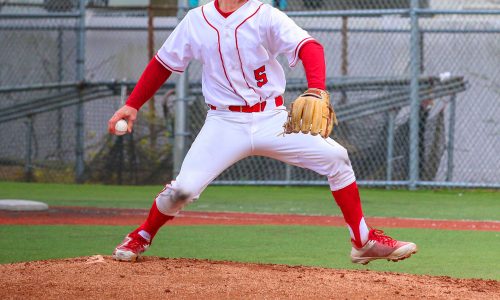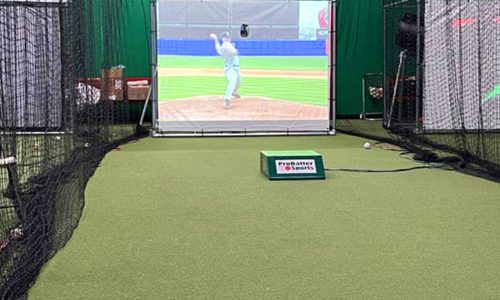Proper Baseball Pitching Technique: A Step-By-Step Guide
A good practice is necessary to learn the proper baseball pitching technique. Young pitchers will not learn pitching skills by only throwing the ball. However, their pitching skills may grow by throwing at a target, attempting an accurate, constant delivery, and facing a hitter.
The following list of techniques is an instruction for a coach who will guide a young pitcher. However, every pitcher does not have to explore the same methods. If a pitcher is comfortable and successful with his motion and style, you must not change him. Use this breakdown as a checklist.
Key Baseball Pitching Mechanics
1. Windup
The pitching movement starts with the windup. It gives the pitcher momentum and rhythm essential for a strong and precise pitch. After getting permission from the catcher, you can start winding up the ball. Although the motion seems smooth, it combines two different motions: the rocker step and the hand pump.
2. Grip
Understanding gripping the ball helps players get good wrist snap and velocity. Most pitchers use two fingers on top of the ball, using their thumbs below. However, young players must use three fingers across the ball with tiny hands. It gives a firm and relaxed grip. There are two grips:
- Utilize a two-seam grip for more motions on the ball.
- Employ a four-seam grip for optimum control and speed.
3. Pivot
The pivot is the most crucial part of the pitching movement. The pitcher keeps the eyes at the target during this motion and maintains weight balance. The pitcher must pivot the foot parallel to the rubber’s front edge. The position helps the pitcher move the weight forward onto the pivot foot and the opposite leg into the air.
4. Stride
After reaching an accurate knee height, you can begin striding. The stride is the movement of your body to the rubber’s side that directs your whole mass towards the target. At this point, the form and posture are essential and can signify how favorable the entire pitch becomes. The striding foot’s heel and toe must softly land simultaneously.
5. Follow-Through
A good follow-through is crucial for velocity, accurate fielding position, and control. After reaching the top, the pitcher delivers the ball, and the wrist snaps. The arm and hand will finish their movement outside the main leg part.
Final Words
Now that we have discussed the key pitching methods, are you ready to play baseball on the field? If you, ProBatter would love to help. Make sure to complete every pitch. Sadly, pitchers who recoil or stop very fast get arm problems. Pitchers must have a seamless and complete finish, which will produce healthier arms and finer pitches.
Please read carefully all the baseball pitching mechanics discussed above to develop a proper baseball pitching technique for more precise, stable pitches. And if you want to hone your pitching skills and become a successful baseball pitcher, practice with our professional pitching devices. Check our website to learn more about the devices we provide and how they can benefit you.



